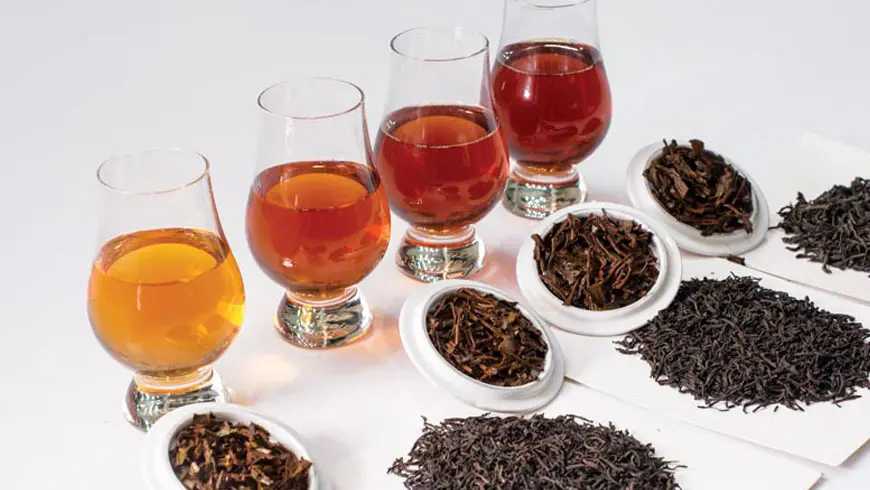MENUMENU
- Home
- About Us
- Ceylon Tea
- Brands
-
Our Brands
At Anverally Tea we pursue the highest quality ingredients in every one of our distinctive tea blends. We blend with purpose using techniques and modern breakthroughs to give you a truly satisfying tea experience.
Committed to fulfilling the global diversity of tea consumption, we present seven unique brands which encapsulate the regional preferences of tea. Our flagship brands – Anverally Tea, Al-Otour, Sultan, Tea4U, Iced Tea, Revna and Enchantea feature a selection of blends from black teas and green teas to fruit, iced, herbal infusions and artisanal teas which gives tea lovers across the world a chance to experience the finest Ceylon tea brands.
-
- Media
- Contact us


